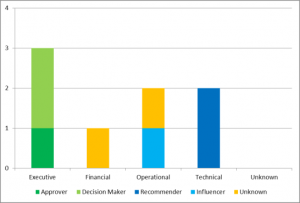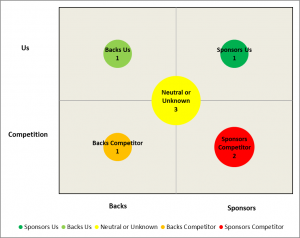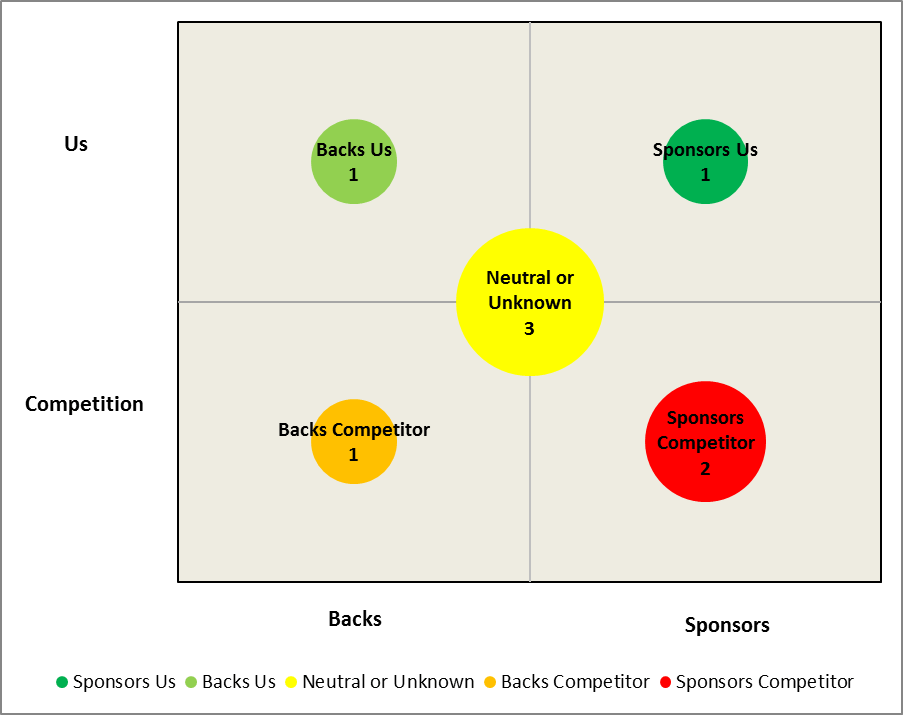Top Sales Hunters Understand the Buying Team and Process to Increase New Account Sales
Welcome back to our series on best practices of top account acquisition sales reps. In this post, we share the fifth best practice as discovered through interviews with top account acquisition reps. Best practice 5 is that top sales hunters clearly understand the buying team and buying process for their target accounts.
Having a differentiated and compelling value proposition is critical for winning new accounts. Top hunters recognize that a strong value proposition by itself is not enough. As one of the top hunters said, “I am always working to understand how the customer is going to buy. I focus on figuring out who will be involved in the decision, how they will make the decision and how everyone will be involved in the process.” As we spoke with additional top hunters it became clear that there were two key things that they focused on understanding when working to win new logos:
- The Buying Team – the group of people making the buying decision or the “who” involved with making the decision
- The Buying Process – the activities that the Buying Team would undertake when making the decision or “how” the decision would be made
When it came to understanding the Buying Team, the group worked to understand the following:
- The job Focus of the individuals involved with making the decision
- Each buying team member’s Decision Role:
- Decision Maker: The person ultimately responsible for making the buying decision
- Influencer: Buying Team Members who influence the buying decision but do not make it
- Recommender: Buying Team Members who are tasked with making a recommendation on the decision
- Approver: Buying Team Members who are not involved with making the decision, but need to approve funding for the decision
- Unknown: Buying Team Members whose role is not clear or undefined
- Each buying team member’s Relationship to us:
- Sponsors Us: Buying Team Members who are willing to take risks on our behalf
- Backs Us: Buying Team Members who actively support us, but only when it is not risky to do so
- Neutral or Unknown: No clear preference shown
- Backs Competition: Buying Team Members who actively support the competition, but only when it is not risky to do so
- Sponsors Competition: Buying Team Members who are willing to take risks on the competition’s behalf
Often times, putting this into a visual format can be helpful for determining the best course of action. Below are visual representations of the buying team, which can be very helpful in determining our strengths and weaknesses when approaching a new account.
Focus and Role Map

Relationship Map

By identifying the Buying Team, Top Hunters were able to get their value proposition in front of the right people and build coalition to move forward with their company. Stay tuned as we will discuss how Top Hunters ensure that they not only get their value proposition to the right people, but also at the right time with Best Practice #5B: Aligning with the Buying Process.
The 7 Best Practices of Top Hunters
There are some specific things that top sales hunters do that enable them to consistently win new business accounts. As we reviewed the insights that the top sales hunters shared with us, 7 best practices emerged as the keys to their success:
1. Focus on acquiring new accounts
3. Develop insights about target accounts and share these with target contacts
4. Build compelling value propositions and emphasize them when prospecting
5. Understand the buying team and buying process for their target accounts
5B. Align selling efforts with the buying process for target accounts
6. Develop “multi touch” prospecting strategies
7. Be tenacious and relentless in executing their prospecting strategies

